In today’s visually driven world, graphic design has become an integral part of marketing strategies. From branding to advertisements, the right design can elevate a company’s message, making it more compelling and memorable. This blog explores the vital role of graphic design in marketing and how it can help businesses achieve their goals.
In today’s visually driven world, graphic design has become an integral part of marketing strategies. From branding to advertisements, the right design can elevate a company’s message, making it more compelling and memorable. Graphic design plays a pivotal role in establishing a strong brand identity through logos, color schemes, typography, and imagery that create a cohesive representation of the brand. It enhances communication by simplifying complex ideas, making information more digestible through visuals such as infographics. Compelling graphic design also drives engagement and conversions in digital marketing, helping businesses attract potential customers. By differentiating from competitors and building trust through professional, polished visuals, brands can stand out in a saturated market. Staying updated with design trends, like minimalism and bold typography, further ensures a business stays relevant and connects with its target audience.
- Brand Identity: Graphic design helps create a cohesive brand identity through elements like logos, color schemes, and typography that foster recognition and trust.
- Enhanced Communication: Visual content simplifies complex information, making messages more digestible, engaging, and easier to remember.
- Engagement and Conversion: Eye-catching graphics in ads, social media, and websites can attract potential customers and improve conversion rates.
- Differentiation from Competitors: Unique and professional designs help a brand stand out in a crowded market and convey its unique value proposition.
- Adapting to Trends: Staying updated with design trends, such as minimalism or sustainable design, keeps a brand relevant and appealing to modern consumers.


